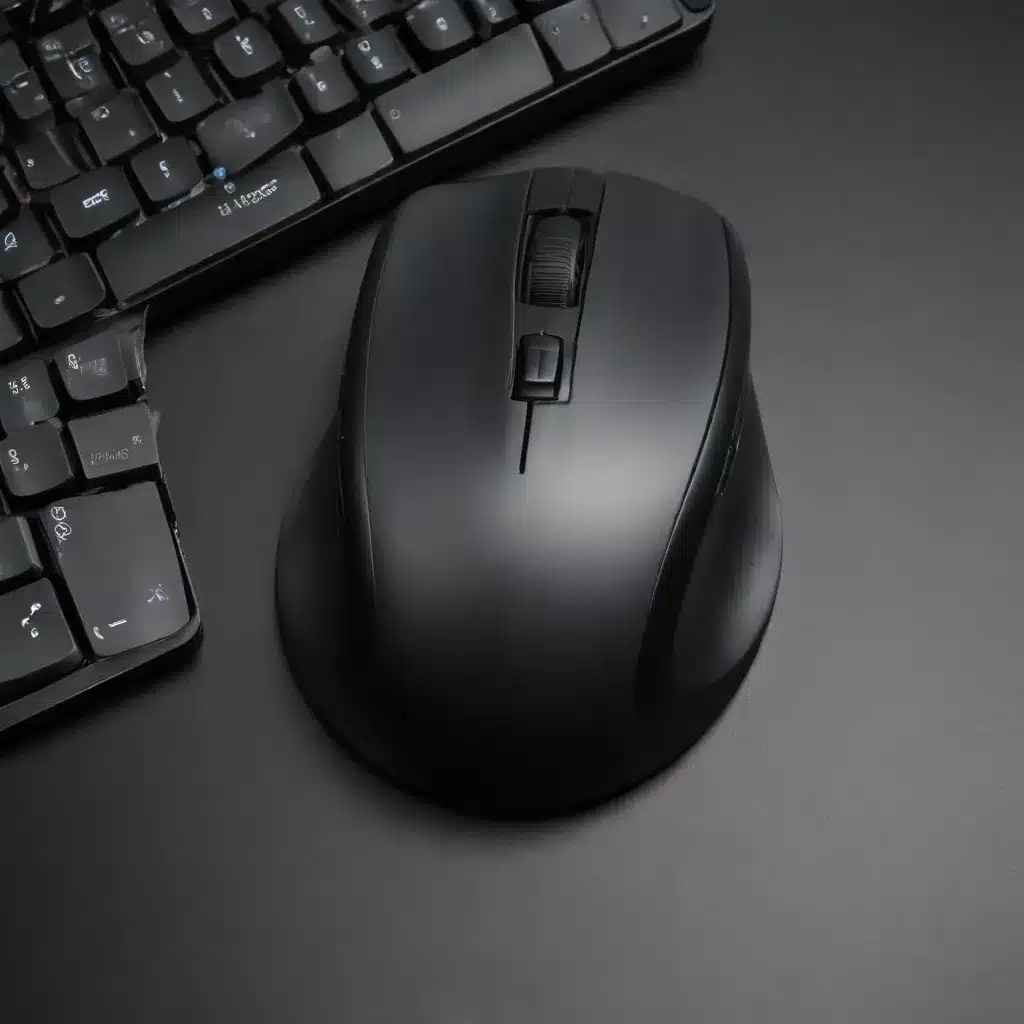
In today’s digital world, wireless peripherals have become increasingly popular, offering convenience and flexibility. However, wireless connectivity can sometimes be temperamental, leading to frustrating connection issues with your mouse and keyboard. As an experienced IT professional, I’m here to guide you through the common problems you may encounter and provide practical solutions to get your wireless devices working seamlessly again.
Wireless Connectivity Troubleshooting
Wireless Devices
When it comes to wireless connectivity, the most common culprits are wireless mice and keyboards. These devices use various wireless communication protocols to connect to your computer, allowing you to enjoy a clutter-free workspace. However, issues can arise with these wireless peripherals, affecting their responsiveness and reliability.
In addition to mice and keyboards, other wireless devices such as trackpads and gaming controllers can also experience connection problems. Understanding the underlying wireless technologies and troubleshooting techniques can help you resolve a wide range of wireless connectivity issues.
Wireless Communication Protocols
The primary wireless communication protocols used in computer peripherals are Bluetooth, Wi-Fi, and Radio Frequency (RF).
Bluetooth is a popular choice for wireless mice and keyboards, as it provides a direct, point-to-point connection between the device and the computer. Bluetooth devices typically require pairing and often use low-power consumption to preserve battery life.
Wi-Fi is another wireless technology that can be used for some wireless keyboards and mice, particularly in scenarios where Bluetooth is not available or compatible. Wi-Fi-based wireless devices connect to the computer through a wireless network adapter.
Radio Frequency (RF) is a less common but still widely used wireless protocol for computer peripherals. RF devices connect to the computer using a small USB dongle that acts as a wireless transceiver.
Understanding the specific wireless technology used by your mouse and keyboard can help you troubleshoot connection issues more effectively.
Connectivity Issues
Interference and Signal Strength
One of the primary causes of wireless connectivity problems is electromagnetic interference (EMI) or physical obstacles that can disrupt the wireless signal. EMI can come from various sources, such as other wireless devices, electrical appliances, or even nearby metal objects.
Physical obstacles, like walls, furniture, or even your own body, can also impede the wireless signal, reducing the effective range and causing connection problems. Ensuring a clear, unobstructed line of sight between the wireless device and the computer’s wireless receiver is crucial for maintaining a stable connection.
Power Management
Another common issue with wireless mice and keyboards is related to power management. Wireless devices rely on batteries, and when the battery life starts to dwindle, the connection can become unstable or the device may stop responding altogether.
It’s important to monitor the battery levels of your wireless peripherals and replace or recharge the batteries as needed. Some devices may provide low-battery warnings to help you stay ahead of potential connectivity issues.
Troubleshooting Steps
Diagnostic Checks
When troubleshooting wireless connectivity problems, the first step is to check the connection status of your mouse and keyboard. Ensure that the devices are properly paired or connected to your computer, and that the wireless receiver (if applicable) is securely plugged into a USB port.
If the devices are not recognized or appear to be disconnected, try re-pairing or reconnecting them. Consult the manufacturer’s instructions for the specific steps required for your wireless mouse and keyboard.
Additionally, check for any available firmware updates for your devices. Outdated firmware can sometimes lead to connectivity issues, and updating to the latest version may resolve the problem.
Configuration Settings
Adjusting the wireless configuration settings on your computer and the wireless devices themselves can also help address connectivity problems. Consider the following:
- Wireless Channel Selection: Some wireless devices allow you to select the wireless channel used for the connection. Try switching to a different channel to avoid interference from other nearby wireless devices.
- Power Saving Mode: Ensure that any power-saving features or modes on your wireless devices are disabled, as these can sometimes cause connection issues.
- Unobstructed Line of Sight: Make sure there are no physical obstacles or interference sources between the wireless device and the computer’s wireless receiver.
Fixing Connection Problems
Hardware Troubleshooting
If the above steps don’t resolve the connectivity issues, it’s time to look at the hardware itself. Start by replacing the batteries in your wireless mouse and keyboard. Low or depleted batteries can cause unstable connections.
Next, try adjusting the antenna positioning on your wireless devices or the computer’s wireless receiver. Ensure that the antennas are not obstructed and are oriented in a way that maximizes the signal strength.
If the problem persists, there may be a hardware fault with the wireless device or the computer’s wireless adapter. In such cases, you may need to consider replacing the faulty component.
Software Troubleshooting
On the software side, you can try reinstalling the device drivers for your wireless mouse and keyboard. Outdated or corrupted drivers can lead to connectivity problems. Visit the manufacturer’s website to download the latest drivers for your specific devices.
Another step is to reset the wireless adapter on your computer. This can be done by disabling and then re-enabling the wireless adapter in the Windows Device Manager or by troubleshooting the Bluetooth or Wi-Fi connections.
Finally, check for any conflicting applications that may be interfering with the wireless connectivity. Close or disable any software that could be causing issues with your mouse and keyboard.
By following these comprehensive troubleshooting steps, you’ll be well on your way to resolving any wireless connectivity problems with your mouse and keyboard. Remember, the key to successful troubleshooting is patience, attention to detail, and a systematic approach. If you’re still struggling with persistent issues, don’t hesitate to seek further assistance from IT professionals or the device manufacturers.
Happy troubleshooting, and may your wireless peripherals always stay connected!












